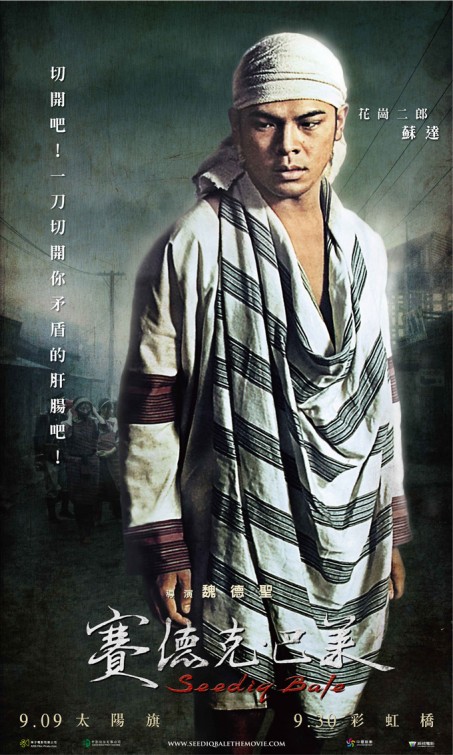Aboriginal Formosans lived in all districts of Taiwan until large inmigrations of Han Chinese forced the “barbarian tribes” to withdraw into the central mountains about 300 years ago. This trend towards isolation continued throughout the fifty years of Japanese colonial rule (1895-1945) when indigenous peoples still remained relatively undisturbed from Western contact.
Headhunting in Taiwan
Between 1903 and 1908 there were seventy advancements made to the guard lines by the Japanese, but indigenous men in search of heads often came over or under the barrier at nightfall to lay waiting in ambush for unsuspecting victims.
Headhunting in Taiwan
Between 1903 and 1908 there were seventy advancements made to the guard lines by the Japanese, but indigenous men in search of heads often came over or under the barrier at nightfall to lay waiting in ambush for unsuspecting victims.
 Headhunting, the primary ritual component of the Atayal, Paiwan, Saiset, and other groups, not only served to maintain the prosperity of society by ensuring agricultural and community fertility through the propitiation of the deities and ancestors, it also ensured that a man would meet with success in finding a wife while at the same time guaranteeing his safe passage to the afterlife. Thus, the custom was considered indispensable to life and existence itself.
Headhunting, the primary ritual component of the Atayal, Paiwan, Saiset, and other groups, not only served to maintain the prosperity of society by ensuring agricultural and community fertility through the propitiation of the deities and ancestors, it also ensured that a man would meet with success in finding a wife while at the same time guaranteeing his safe passage to the afterlife. Thus, the custom was considered indispensable to life and existence itself.Among the Atayal, success met on the headhunt was deliberately marked upon the chins of warriors with tattoos. And those headhunters who acquired more than five heads using old weapons, like a curved machete-like knife, might also have their chests tattooed or the backs of their hands.
Wushe events
Starting from 1897, the Japanese began a road building program that brought them into the indigenous people's territory. This was seen as invasive. Contacts and conflicts escalated and some indigenous people were killed. In 1901, in a battle with the Japanese, indigenous people defeated 670 Japanese soldiers. As a result of this, in 1902, the Japanese isolated Wushe. Between 1914 and 1917, Japanese forces carried out an aggressive 'pacification' program killing many resisting people. At this time, the leader Mona Rudao, tried to resist rule by Japan, but he failed twice because his plans were divulged. At his third attempt, he organized seven out of twelve groups to fight against the Japanese forces.
THE FILM: Fiction or history?
"This type of movie, done well, can inspire whole societies with nationalist pride, reinforce the prominence of folk heroes (including, quite often, violent ones), and strengthen a people’s togetherness at the expense of foreigners."
After the film's release, an Atayal elder said that a year before Wushe Incident there was Qingshan Incident, in which Mona Rudao cooperated with Japanese and attacked his village. The elder "said Mona Rudao was not a hero as described in the movie but a brutal man who killed 26 women, children and old people in the attack." Walis Pelin, a former lawmaker, and Chiu Hung-shui, a chairman of a local organization from Nantou, confirmed the elder's story, and added that Mona Rudao was forced under the Japanese policy of "using barbarians against barbarians." However Dakis Pawan "quoted a spokeswoman for the Mona Rudao family and the chief's foster-daughter as saying that she had never heard of the Qingshan Incident."

No comments:
Post a Comment